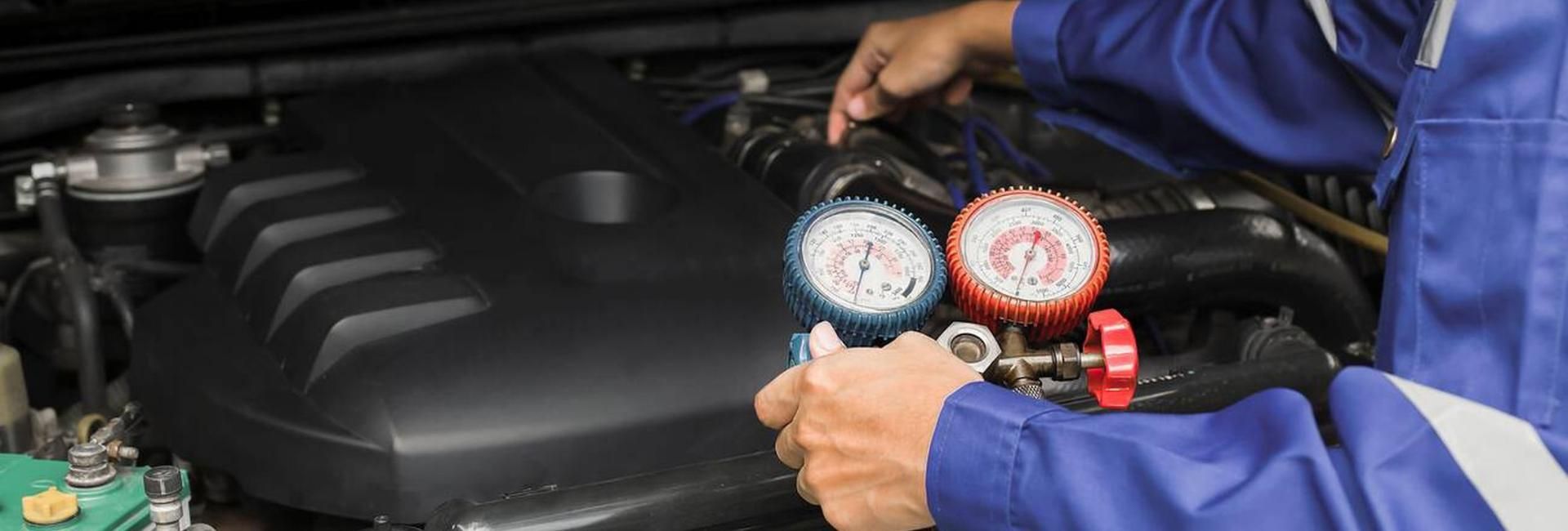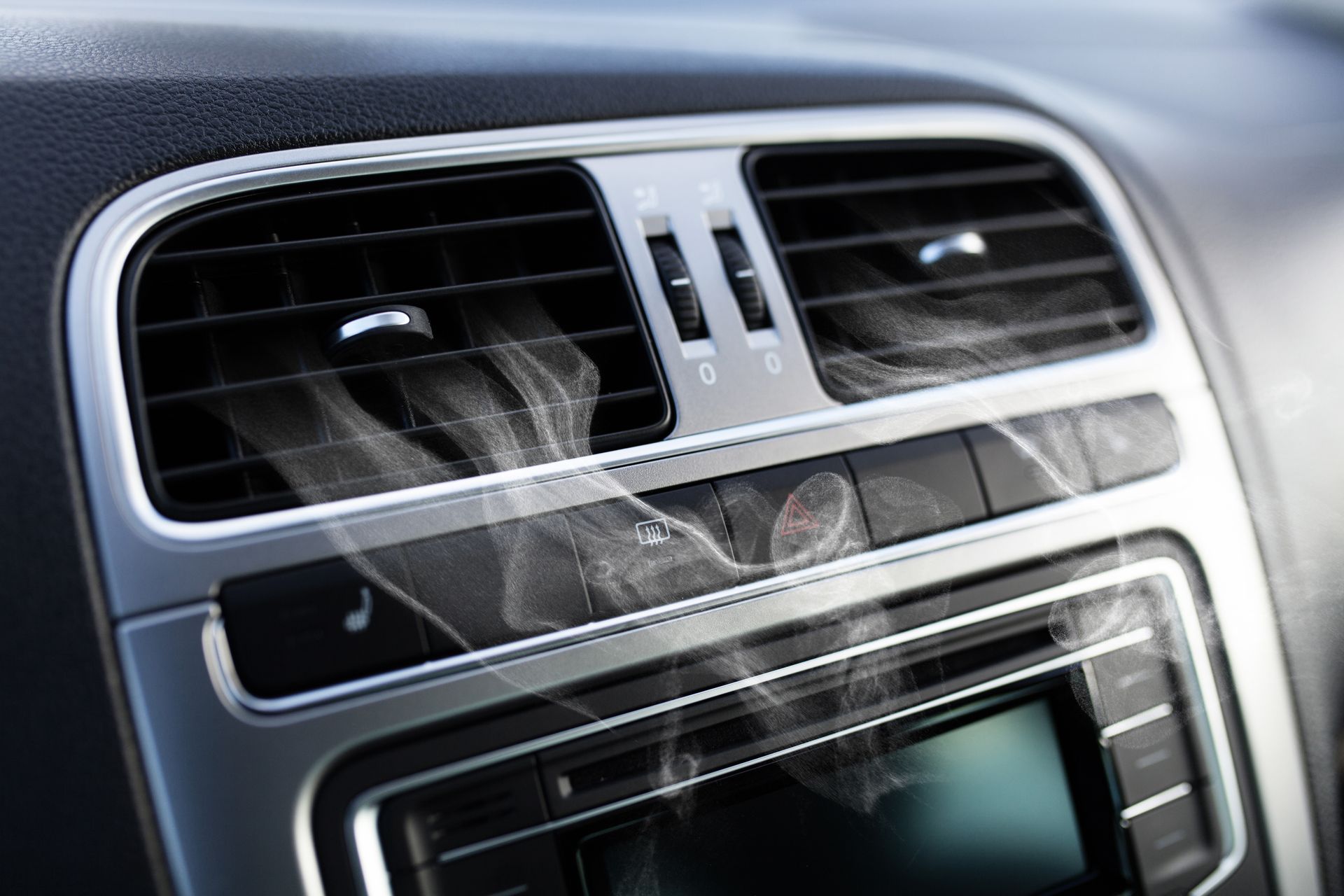Many drivers are diligent about regular oil changes but overlook one of the most critical fluids in their vehicle—the transmission fluid. Your transmission is responsible for transferring power from the engine to the wheels, and without clean, properly functioning fluid, that process can break down quickly.
Transmission fluid lubricates moving parts, cools internal components, and helps transmit hydraulic pressure. Over time, this fluid deteriorates and becomes contaminated with metal shavings, dirt, and debris. If left unchanged, it can lead to slipping, rough shifting, or even complete transmission failure.
How Often Should Transmission Fluid Be Changed
There’s no one-size-fits-all answer when it comes to transmission fluid intervals. The recommended schedule depends on your vehicle’s make and model and whether it uses a manual or automatic transmission. Most manufacturers suggest changing the fluid somewhere between 30,000 and 60,000 miles, though some newer vehicles with synthetic fluids can go longer.
If you tow frequently, drive in hot weather, or spend a lot of time in stop-and-go traffic, you may need to service your transmission more often than the average driver.
Warning Signs, It’s Time for a Change
Even if you haven’t hit the mileage limit, your transmission might already be asking for help. Watch for these signs:
- Rough or delayed shifting: If your vehicle hesitates when shifting gears or jerks between them, old or low fluid could be the reason.
- Strange noises: Whining, grinding, or humming sounds can signal that the fluid is too dirty to protect the moving parts inside your transmission.
- Fluid that smells burnt or appears dark: Healthy transmission fluid should be red or pink and have a clean, slightly sweet scent. A burnt smell or brown color means it’s past its prime.
- Transmission slipping: If your vehicle suddenly loses power or changes gears unexpectedly, the transmission may be struggling due to degraded fluid.
Any of these symptoms should prompt a fluid check and likely a replacement before more serious damage occurs.
What Happens During a Transmission Fluid Change
A typical transmission fluid change involves draining the old fluid, replacing the filter (if applicable), and refilling the system with fresh fluid of the correct type and grade. This helps flush out dirt and debris and restores proper lubrication and hydraulic pressure.
In some cases, a full fluid flush may be recommended, especially if the fluid has been neglected for an extended period of time. A flush removes more of the old fluid from the entire system, though it’s best done when your transmission is still operating smoothly.
Is a Flush Always Necessary
Not always. In fact, for high-mileage vehicles that have never had their fluid changed, a flush can sometimes do more harm than good by dislodging debris that’s helping worn parts function. That’s why a professional inspection is essential. Our technicians will determine the right service based on your vehicle’s condition and history.
The Risks of Skipping Transmission Service
Transmission repairs are among the most expensive vehicle services. A fluid change is relatively inexpensive by comparison. Skipping it can cause severe wear, overheating, and eventually total transmission failure. In that case, you might be looking at thousands of dollars for a rebuild or replacement.
Regular fluid service helps prevent breakdowns, extends the life of your transmission, and maintains smooth performance.
Keep Your Transmission Strong at The Garage Automotive Solutions in Greeley, CO
If you’ve noticed shifting issues or haven’t changed your transmission fluid in a while, now is the time to act. Our team can inspect your transmission, test the fluid, and recommend the best course of action to keep your car running smoothly.
Call
The Garage Automotive Solutions in Greeley, CO, today to schedule your transmission fluid service and protect your vehicle’s most complex system.










